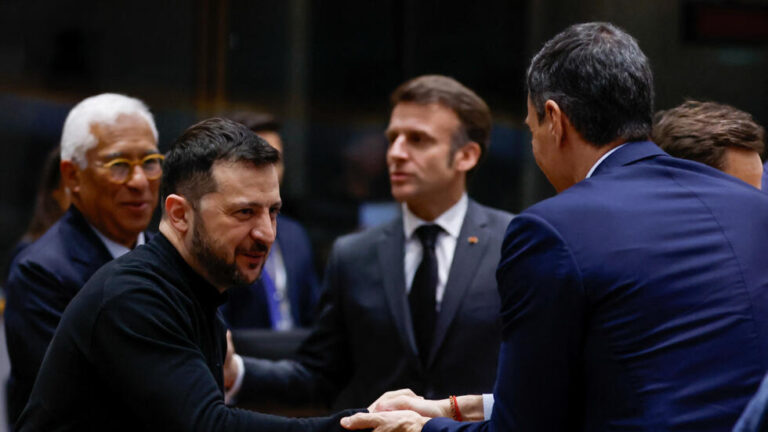In recent years, Europe has witnessed a concerning surge in gang-related violence, with certain countries experiencing more pronounced challenges. This article delves into the factors contributing to this uptick, highlights the most affected regions, and explores the measures being implemented to combat this growing threat.
Rising Gang Violence Across Europe

(Pictures from Serbia after a mass shooting that atleast 9 people had died in. Oliver Bunic/AFP via Getty Images)
The European landscape has seen a notable increase in gang activities, leading to heightened violence in various regions. This escalation is often linked to the intensifying competition among rival criminal groups vying for control over lucrative markets, particularly in the drug trade. A February briefing by the European Parliamentary Research Service (EPRS) emphasized that this competition has resulted in more frequent and severe violent incidents.
One alarming trend is the recruitment of minors into organized crime and terrorist groups. This development has prompted countries like Sweden to consider legislative changes, such as permitting the wiretapping of children under 15, in an effort to curb a recent surge in bombings—with at least 36 incidents reported since the beginning of 2025.
Countries with the Highest Crime Rates
According to the latest Eurostat data, 10% of EU citizens reported experiencing crime, violence, or vandalism in their local area, a figure that rises to 12.3% among those at risk of poverty.

Greece, in particular, has experienced a surge in football fan violence in recent years, leading to lengthy stadium closures and new measures tightening fan club regulations and ticketing.
The Swedish Experience: A Case Study
Sweden’s situation offers a stark illustration of the challenges posed by escalating gang violence. The country has seen a significant increase in gun-related incidents, with gun violence among young males rising steeply over the past two decades. This surge has positioned Sweden as having one of the highest gun homicide rates in Europe.
The Swedish government is actively seeking solutions to this crisis. Proposals include introducing laws that would allow police to wiretap children under 15, aiming to disrupt the recruitment of minors into criminal activities. Additionally, there are discussions about implementing age restrictions on social media platforms to prevent gangs from exploiting these channels for recruitment purposes.
Measures to Combat Gang Violence
In response to the escalating threat, various European countries are implementing strategies to address gang violence:
- Enhanced Law Enforcement: Increasing police presence in affected areas and establishing specialized units to tackle organized crime.
- Legislative Reforms: Introducing stricter laws to deter gang activities, including harsher penalties for recruitment and violent offenses.
- Community Engagement: Developing programs aimed at preventing youth involvement in gangs by offering educational and employment opportunities.
- International Cooperation: Collaborating across borders to share intelligence and coordinate efforts against transnational criminal networks.
For instance, Nordic countries have joined forces to combat the spread of Swedish gang crime, enhancing police cooperation and establishing a Nordic police hub in Stockholm to facilitate real-time information sharing.


